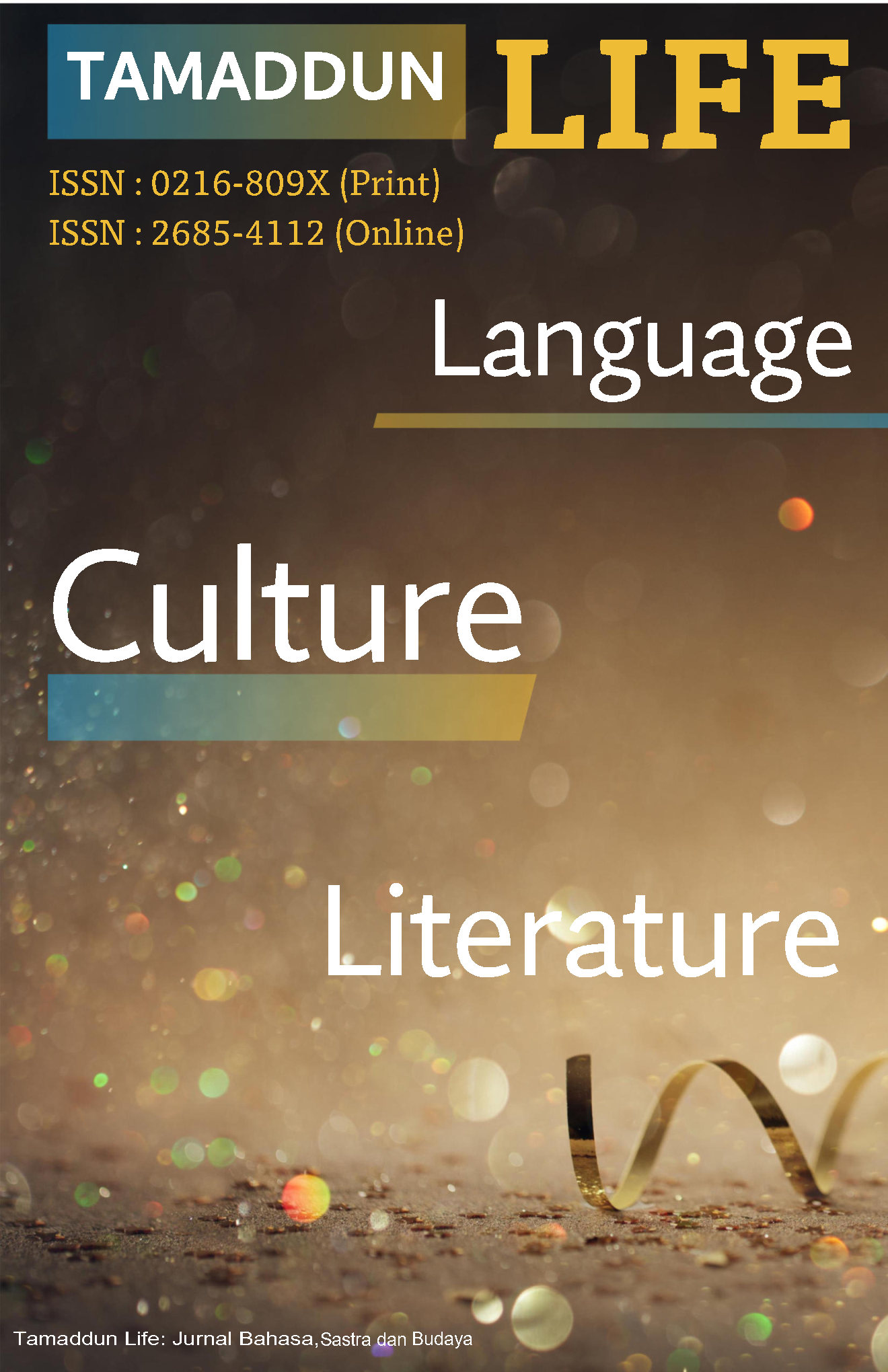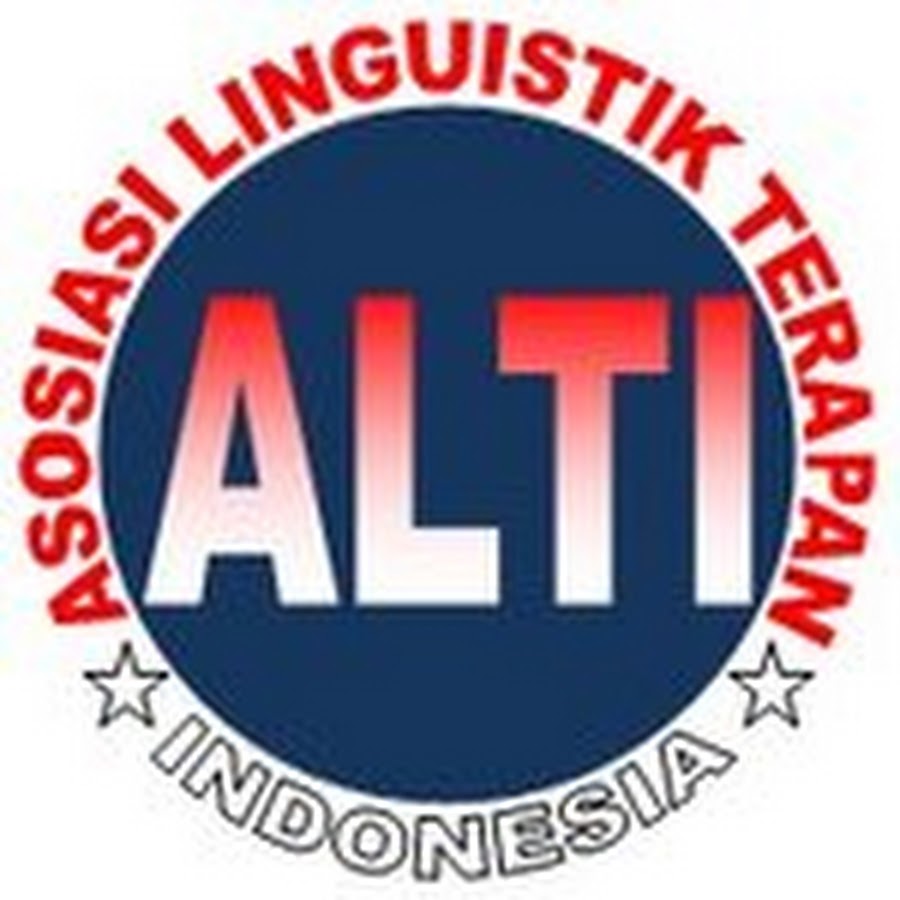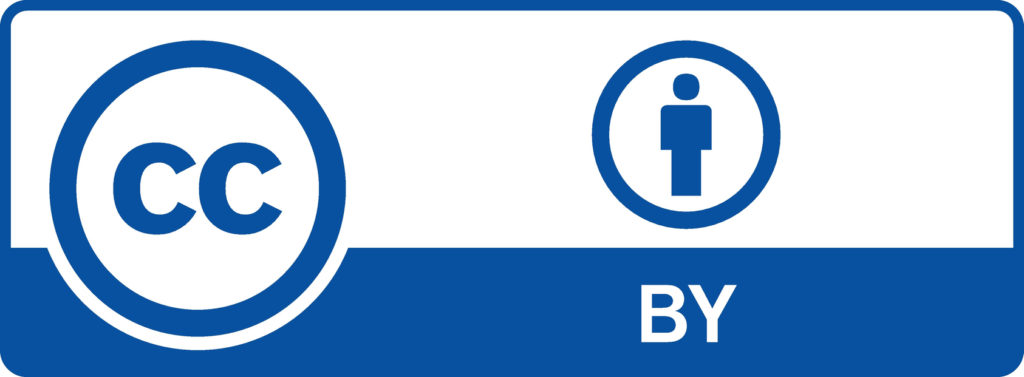Understanding TikTok’s Influence on EFL Students’ Script-Writing Development through Qualitative Research
DOI:
https://doi.org/10.33096/tamaddun.v24i1.945Keywords:
TikTok, EFL Writing, Script-writing, Digital LiteracyAbstract
This qualitative study explores the influence of TikTok on the English script-writing development of Indonesian EFL students in a pesantren-based language learning program. Using a case study design, six students and one instructor participated through interviews, classroom observations, questionnaires, and analysis of student-generated scripts. The study aimed to identify how sustained exposure to TikTok's short-form, multimodal content shapes learners’ written expression, creativity, and linguistic awareness. Findings reveal that TikTok fosters increased expressiveness, narrative concision, and audience sensitivity in student scripts. Participants drew from platform features such as trending language, dialogic cues, and visual storytelling, which they translated into idiomatic phrases, informal transitions, and creative dialogue structures in writing. The social and interactive nature of TikTok encouraged risk-taking and self-regulated learning behaviors, including rewatching videos for tone and accuracy and mimicking fluent speech. However, the study also highlights persistent challenges, particularly in grammar accuracy and register appropriateness, suggesting that while TikTok can stimulate creativity and engagement, it does not inherently provide corrective feedback or support formal writing norms. Educators are encouraged to incorporate TikTok thoughtfully using it as a scaffold for idea generation and stylistic awareness while complementing it with explicit instruction in grammar and genre conventions. This research contributes to evolving perspectives on the integration of social media in second language writing pedagogy.
References
(Monroe) Meng, L., Kou, S., Duan, S., & Bie, Y. (2024). The impact of content characteristics of Short-Form video ads on consumer purchase Behavior: Evidence from TikTok. Journal of Business Research, 183, 114874. https://doi.org/https://doi.org/10.1016/j.jbusres.2024.114874
Abu Talib, M., Bettayeb, A. M., & Omer, R. I. (2021). Analytical study on the impact of technology in higher education during the age of COVID-19: Systematic literature review. Education and Information Technologies, 26(6), 6719–6746. https://doi.org/10.1007/s10639-021-10507-1
Adolph, R. (2016). 済無No Title No Title No Title.
Aithal, A., & Aithal, P. S. (2020). Development and Validation of Survey Questionnaire and experimental data. International Journal of Management, Technology, and Social Sciences (IJMTS), 5(2), 233–251.
Al-Hattami, H. M. (2025). Understanding how digital accounting education fosters innovation: The moderating roles of technological self-efficacy and digital literacy. The International Journal of Management Education, 23(2), 101131. https://doi.org/https://doi.org/10.1016/j.ijme.2025.101131
Aladini, A., Ismail, S. M., Ahmad Saleem Khasawneh, M., & Shakibaei, G. (2025). Self-directed writing development across computer/AI-based tasks: Unraveling the traces on L2 writing outcomes, growth mindfulness, and grammatical knowledge. Computers in Human Behavior Reports, 17(December 2024), 100566. https://doi.org/10.1016/j.chbr.2024.100566
Arévalo-Salinas, A. I., García-López, M., Blanco-Morett, Á., & Simancas-González, E. (2025). TikTok as a communication and information tool for Spanish local councils. Technology in Society, 82, 102885. https://doi.org/https://doi.org/10.1016/j.techsoc.2025.102885
Calma, A., Cotronei-Baird, V., & Chia, A. (2022). Grammarly: An instructional intervention for writing enhancement in management education. The International Journal of Management Education, 20(3), 100704. https://doi.org/https://doi.org/10.1016/j.ijme.2022.100704
Cantwell, J., & Shukla, P. (2024). Spatial development of technological knowledge and the evolution of international business activity across technological paradigms. International Business Review, 34(1), 102356. https://doi.org/10.1016/j.ibusrev.2024.102356
Carroll, J. A., Wilson, E. E., & Hill, K. (2024). Technology and Writing. Acts of Teaching, 113–122. https://doi.org/10.5040/9798400606786.0147
Dron, J. (2022). Educational technology: what it is and how it works. AI & SOCIETY, 37(1), 155–166. https://doi.org/10.1007/s00146-021-01195-z
Eisele, G., Vachon, H., Lafit, G., Kuppens, P., Houben, M., Myin-Germeys, I., & Viechtbauer, W. (2022). The Effects of Sampling Frequency and Questionnaire Length on Perceived Burden, Compliance, and Careless Responding in Experience Sampling Data in a Student Population. In Assessment (Vol. 29, Issue 2, pp. 136–151). https://doi.org/10.1177/1073191120957102
Ferdiyanto, F. (2023). an Error Analysis on Using Simple Past Tense in Writing English Composition. Interling : International Journal of English Language Teaching, Literature and Linguistics, 1(2), 60–68. https://doi.org/10.55210/interling.v1i2.1413
Fiallos, A., Fiallos, C., & Figueroa, S. (2021). Tiktok and education: Discovering knowledge through learning videos. 2021 8th International Conference on EDemocracy and EGovernment, ICEDEG 2021, September, 172–176. https://doi.org/10.1109/ICEDEG52154.2021.9530988
Gebremariam, H. T., & Mulugeta, Z. A. (2025). In-service language teachers’ engagement with online learning platforms after the emergence of Covid-19. Ampersand, 14(December 2024), 100215. https://doi.org/10.1016/j.amper.2024.100215
Hamdani, B., Islam, R., & Hotimah, H. (2021). Engaging Students’ Autonomous Learning Across Vocational Secondary Schooling: Teachers’ Role and Challenge. 1(2), 95–111.
Hooper, S., & Rieber, L. P. (1995). Teaching with Technology Gregory and Denby Associates. Gregory and Denby Associates, 1995, 1–16.
Islam, R. (2024). Analysis of English Learning Activities for Medical Students. 11(2), 209–215.
Islam, R., & Musdalifah, M. (2022). Teaching Speaking Skill of English as Foreign Language in Secondary School Level. Journey: Journal of English Language and Pedagogy, 5(2), 229–239. https://doi.org/10.33503/journey.v5i2.2083
Kandemirci, B., Beaty, R. E., Johnson, D., Oliver, B. R., Kovas, Y., & Toivainen, T. (2025). What is creative in childhood writing? Computationally measured linguistic characteristics explain much of the variance in subjective human-rated creativity scores. Learning and Individual Differences, 118, 102626. https://doi.org/https://doi.org/10.1016/j.lindif.2025.102626
Kholili, A., & Ferdiyanto, F. (2020). Essay Writing Performances at the Tertiary Level: The Case of Indonesian EFL Learners. VELES Voices of English Language Education Society, 4(1), 32–43. https://doi.org/10.29408/veles.v4i1.1916
Lemana, H. E., Ulla, M. B., & Kohnke, L. (2024). TikTok for language teachers: Affordances of TikTok on teachers’ identity and emotional vulnerability. Heliyon, 10(14), e34388. https://doi.org/10.1016/j.heliyon.2024.e34388
Mamani, N. M. B. (2019). The role of English Language Learning Strategies in EFL. https://repositorio.une.edu.pe/handle/20.500.14039/6511%0Ahttps://repositorio.une.edu.pe/bitstream/handle/20.500.14039/6511/MONOGRAFÍA - BURGOS MAMANI NORIS MAVEL - FCSYH.pdf?sequence=1
Miles, M. B., & Huberman, A. M. (1984). Qualitative data analysis: A sourcebook of new methods.
Murikah, W., Nthenge, J. K., & Musyoka, F. M. (2024). Bias and ethics of AI systems applied in auditing - A systematic review. Scientific African, 25, e02281. https://doi.org/10.1016/j.sciaf.2024.e02281
Park, Y. J., Lee, H., Jones-Jang, S. M., & Oh, Y. W. (2022). Digital assistants: Inequalities and social context of access, use, and perceptual understanding. Poetics, 93, 101689. https://doi.org/https://doi.org/10.1016/j.poetic.2022.101689
Pernantah, P., Rizatunnita, Kusnilawati, L., & Handrianto, C. (2022). Implementasi Pembelajaran Tatap Muka (PTM) Terbatas Selama Masa Pandemi Covid-19 di SMA N 1 Kubu. Pedagogi Jurnal Ilmu Pendidikan, 22. https://doi.org/10.24036/pedagogi.v22i1.1257
Pozzo, D. N., Biegelmeyer, U. H., Gomez Pedroza, F. J., Grados, E. A., Barrera, M. B., Craco, T., & Fermiano Fidelis, A. C. (2024). The impact of TikTok as an educational tool on students’ performance: A multi-group comparison of international business classes in Peru and Colombia. Procedia Computer Science, 238, 989–994. https://doi.org/10.1016/j.procs.2024.06.124
Presley, C. L., Pulsipher, K. J., Rietcheck, H. R., Szeto, M. D., Laughter, M., & Dellavalle, R. (2021). 370 TikTok: An emerging social media platform for dermatologist influencers. Journal of Investigative Dermatology, 141(5), S65. https://doi.org/10.1016/j.jid.2021.02.392
Sa’adah, A. R. (2020). Writing Skill in Teaching English: An Overview. EDUCASIA: Jurnal Pendidikan, Pengajaran, Dan Pembelajaran, 5(1), 21–35. https://doi.org/10.21462/educasia.v5i1.41
Sari, Y. P., Quthny, A. Y. A., & Hamdani, B. (2024). “ I Get Blank When I Start Writing’’ Analysis of EFL Student’s Anxiety in Writing Descriptive Text. Journey: Journal of English Language and Pedagogy, 7(1), 76–85. https://doi.org/10.33503/journey.v7i1.4016
scholar. (n.d.).
Sharma, M. S. (2014). An Exploratory Study on the Use of Social Media for Social Marketing. International Research Journal of Management, IT & Social Sciences, 1(1), 8. https://doi.org/10.21744/irjmis.v1i1.48
Surianshah, S. (2021). Digital Divide in Education during COVID-19 Pandemic. Jurnal Ekonomi Malaysia, 55(3), 103–112. https://doi.org/10.17576/JEM-2021-5503-07
Taherdoost, H. (2021). Data Collection Methods and Tools for Research; A Step-by-Step Guide to Choose Data Collection Technique for Academic and Business Research Projects Hamed Taherdoost. Data Collection Methods and Tools for Research; A Step-by-Step Guide to Choose Data Coll. International Journal of Academic Research in Management (IJARM), 2021(1), 10–38.
Tran, T. T. T., & Ma, Q. (2025). Technology-enhanced self-regulation training: A dynamic training model to facilitate second language Vietnamese learners’ self-regulated writing skills. System, 130(February), 103625. https://doi.org/10.1016/j.system.2025.103625
Vitale, S. G., Angioni, S., Saponara, S., Sicilia, G., Mignacca, A., Caiazzo, A., De Franciscis, P., & Riemma, G. (2025). Hysteroscopic metroplasty and its reproductive impact among the social networks: A cross-sectional analysis on video quality, reliability and creators’ opinions on YouTube, TikTok and Instagram. International Journal of Medical Informatics, 195(December 2024), 105776. https://doi.org/10.1016/j.ijmedinf.2024.105776
Wajdi, F., Seplyana, D., Juliastuti, Rumahlewang, E., Fatchiatuzahro, Halisa, N. N., Rusmalinda, S., Kristiana, R., Niam, M. F., Purwanti, E. W., Melinasari, S., & Kusumaningrum, R. (2024). Metode Penelitian Kuantitatif. In Jurnal Ilmu Pendidikan (Vol. 7, Issue 2).
Wang, Y., Ye, Z., Jia, X., Liu, H., Zhou, G., & Wang, L. (2025). Flood disaster chain deduction based on cascading failures in urban critical infrastructure. Reliability Engineering & System Safety, 261, 111160. https://doi.org/https://doi.org/10.1016/j.ress.2025.111160
Warren, A. N., & Karam, F. J. (2024). Advocacy through sociodramatic scriptwriting: Figured worlds of multilingualism in online language teacher education. Teaching and Teacher Education, 144(October 2023), 104587. https://doi.org/10.1016/j.tate.2024.104587
Wolff, J. (2021). How Is Technology Changing the World, and How Should the World Change Technology? Global Perspectives, 2(1), 1–5. https://doi.org/10.1525/gp.2021.27353
Zulkifli, N. N., Letchumanan, M., Kamarudin, S., Abd Halim, N. D., & Hashim, S. (2022). A Review: The Effectiveness of Using TikTok in Teaching and Learning. 30th International Conference on Computers in Education Conference, ICCE 2022 - Proceedings, 2, 287–292.
Downloads
Published
Issue
Section
License
Copyright (c) 2025 Ade Dwi Saputra, Feri Ferdiyanto, Raudhatul Islam

This work is licensed under a Creative Commons Attribution 4.0 International License.
Authors who publish with Tamaddun journal agree to the following terms:
1. Authors retain the copyright and grant Tamaddun the right of first publication. The work will be licensed under a Creative Commons Attribution License (CC BY 4.0), which permits others to share the work with proper acknowledgment of the authorship and initial publication in this journal.
2. Authors may enter into additional non-exclusive agreements for the distribution of the published version of their work (e.g., posting it to an institutional repository or including it in a book), provided that the initial publication in this journal is acknowledged.
3. Authors are encouraged to post their work online (e.g., in institutional repositories or on their personal websites) before and during the submission process. This can lead to productive exchanges and increase the visibility and citation of the published work.






